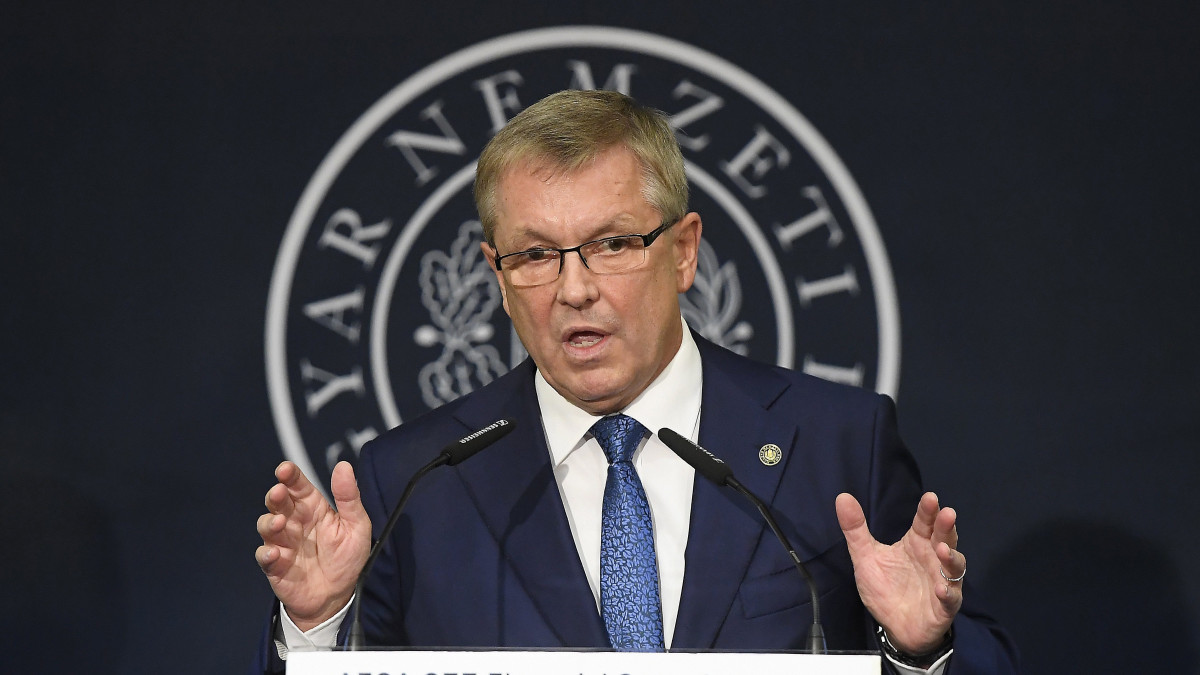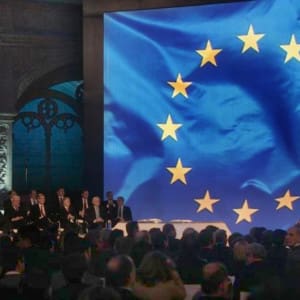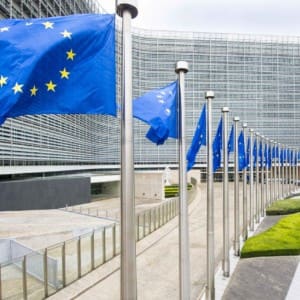The post-World War II reconstruction of Western Europe, with the strategic support of the United States, created a Western economic rival for Washington. This was what the American financial and commercial warfare of the 1970s was trying to stop. German unification and the euro have already created a political and financial rival.
This competition was halted by the US with the financial crisis of 2007-2009, which caused a crisis in Greece and then in the euro zone as well. The weak European response to Brexit and then to the current crisis indicates that the US will no longer have to face competition from a Western power of equal strength. One just has to make sure that the system of economic relations between Western Europe and Russia does not lead to a political alliance first and then a military alliance.
Europe’s global influence loss continues
If US turns strongly to Asia, then Europe – the former main battlefield – will lose its relevance. The East – the Middle East, India, the ASEAN Group, China, Japan and the two Koreas – will demand the full attention of the US.
In terms of military power, diplomacy, financial and economic influence, investment and R&D, the EU continues to lose heft. The decisive reason for this is that in the 2020s, just as during the 1970s and 1940s, it lags behind in developing financial and commercial tools, and new types of warfare. The two main warring parties – the US and China – are making huge innovation breakthroughs in all areas of complex competition, but the EU is essentially on the outside looking in.
The EU is not capable of integrating Europe
Further enlargement of the EU to the east and southeast may also be a missed opportunity. The EU could, in principle, use this decade of war to integrate Europe almost completely in the east (Ukraine), south (Balkans), north (Norway) and central (Switzerland), but it does not have the necessary political and managerial capabilities, and there is insufficient money to implement this.
The eurozone is expanding, but internal fault lines are deepening
The EU’s strongest point is also its weakest area: common currency. The euro was created due to fear of a new war among the nations of Western Europe and the Eastern Empire. It was created at the moment (Maastricht, 1992) when the external threat ceased to exist (the collapse of the Soviet Union, 1992). Its birth coincides with the cessation of its cause of existence.
Today, two euro groups live together in a euro zone: the North and the South. The current crisis management has definitively indicated that Europe is not united, not only in terms of economic development, but also in terms of lifestyle and perception of life. During the crisis, the North significantly increased its already significant advantage over the South. This will continue to be the case throughout this decade.
The European Union is accumulating a triple debt
During the crisis, the public debt of all member states increased. This is the first level of public debt.
The European Central Bank has, quite rightly, significantly increased its balance sheet, saving the eurozone from economic collapse. This is the second level of indebtedness of states. Together, the eurozone governments and the common central bank spent roughly 40 percent of their GDP on crisis management, but this could not have prevented the strengthening of the internal development gap.
Meanwhile, the EU has decided to get the whole community on the path to indebtedness: the current € 750 billion bond issue is just the first step. This is a new, third level of indebtedness.
With this in mind, the EU embarked on a Japanese-type journey – one that brought two lost decades and an accumulation of public debt of 260 percent of GDP for the island nation of the Far East. It’s hard to get back from here.
The double euro as a solution
The European Union is, in fact, trapped in the euro because of the single currency. The common monetary policy brings development to the North, while the South continues to lose ground. Triple indebtedness does not help, because more money does not solve the quality disadvantage of money: the common monetary policy and the single exchange rate.
The North and the South may need separate euros. This seems impossible today, but we are only at the beginning of the decade. Theoretically, the new digital central bank money will create a opportunity to widen the European monetary space and introduce a dual exchange rate regime.
Just as the decision should not have been made thirty years ago to introduce the euro, but to create a single market for services, now the solution is not triple indebtedness, but the double euro.
Title image: Central Bank Governor György Matolcsy. (MTI/Tamás Kovács)





